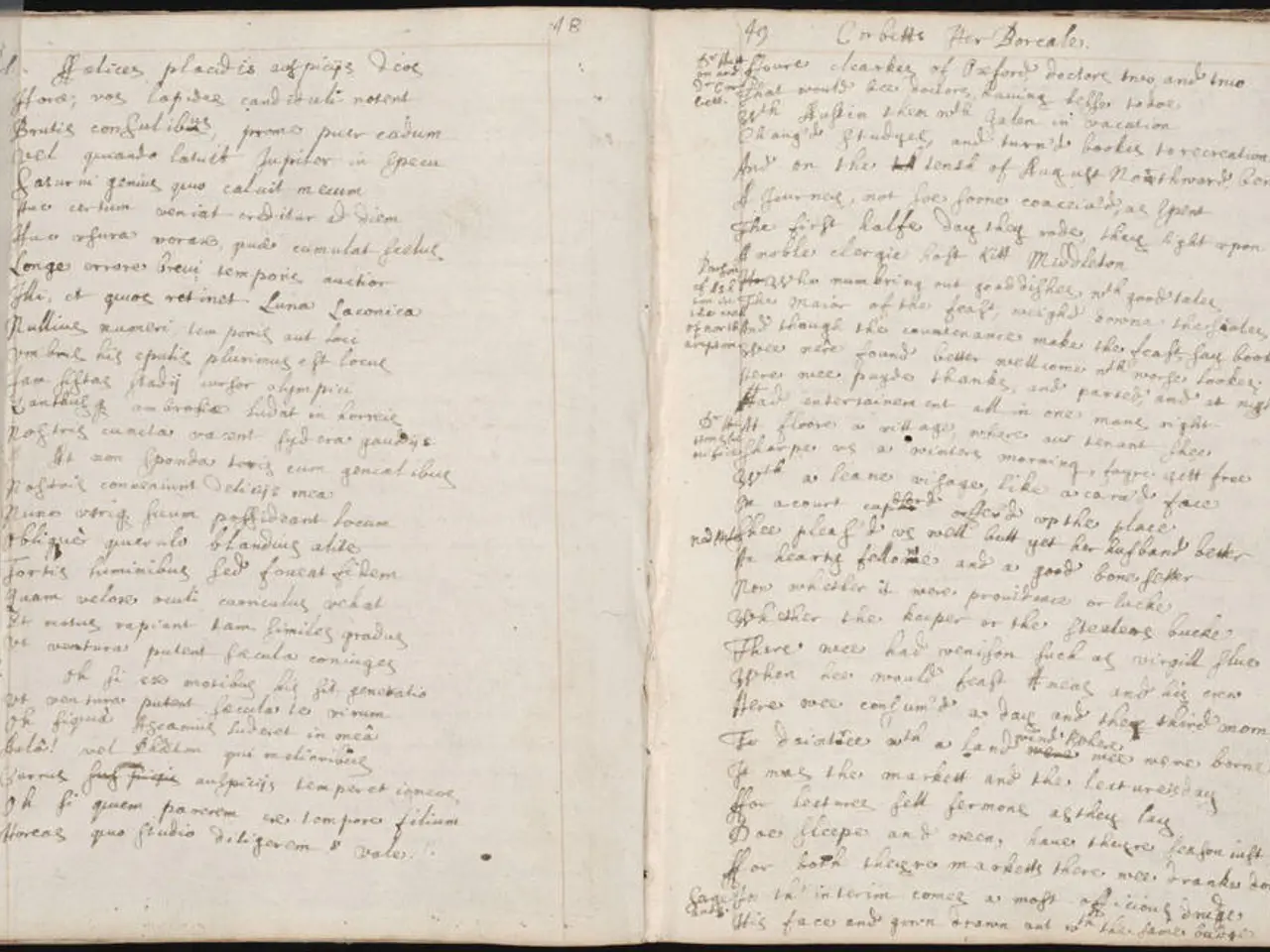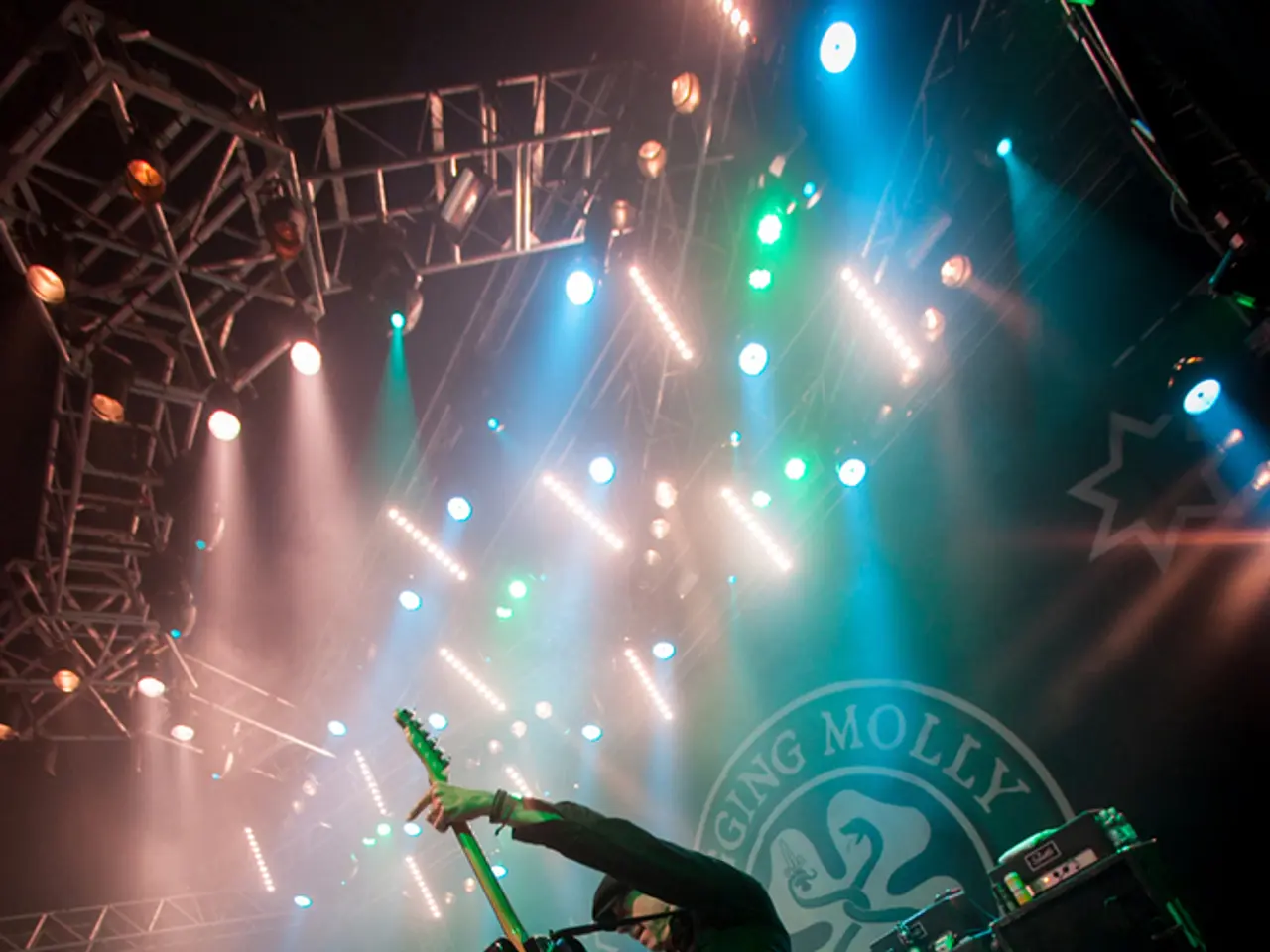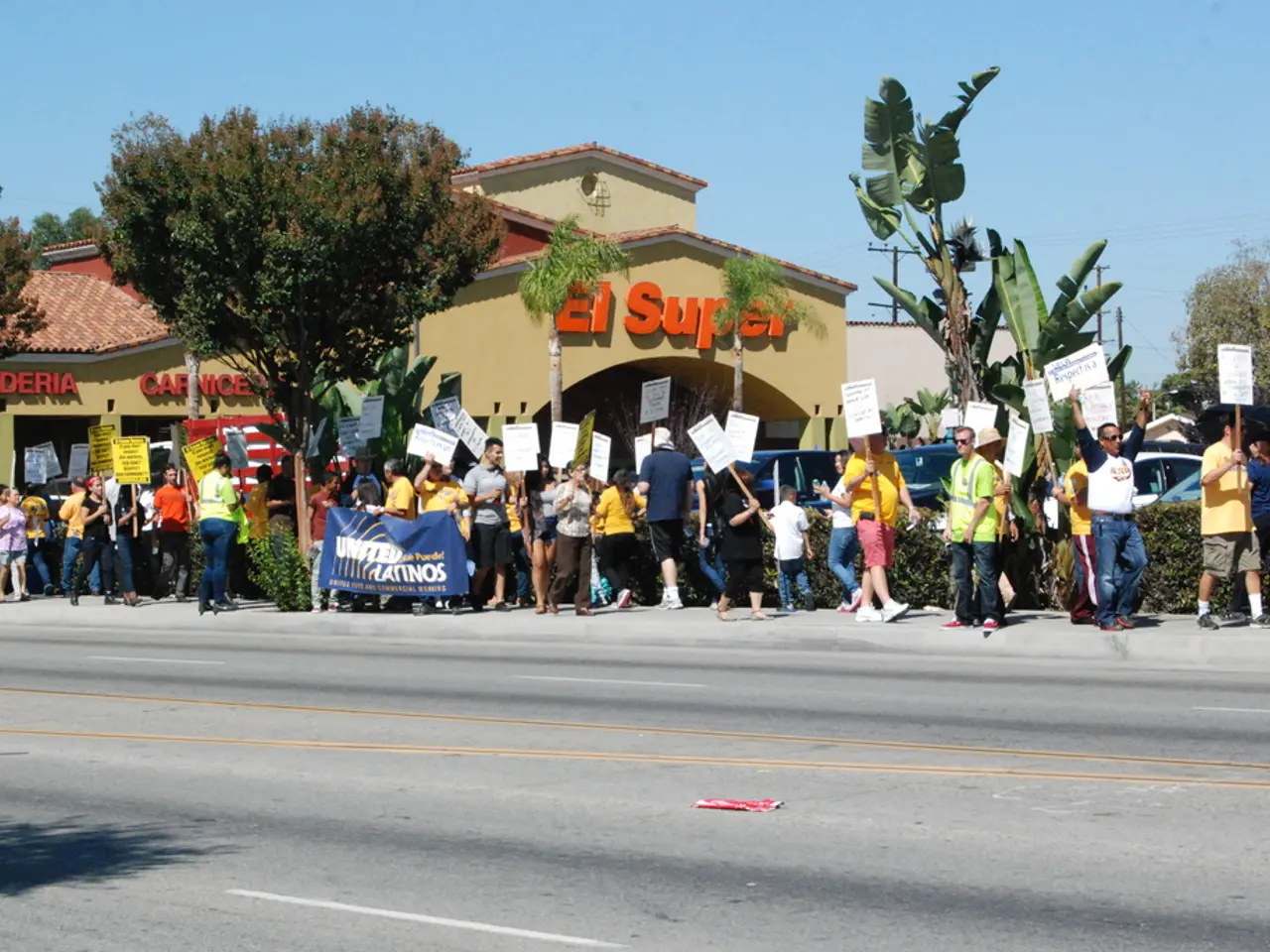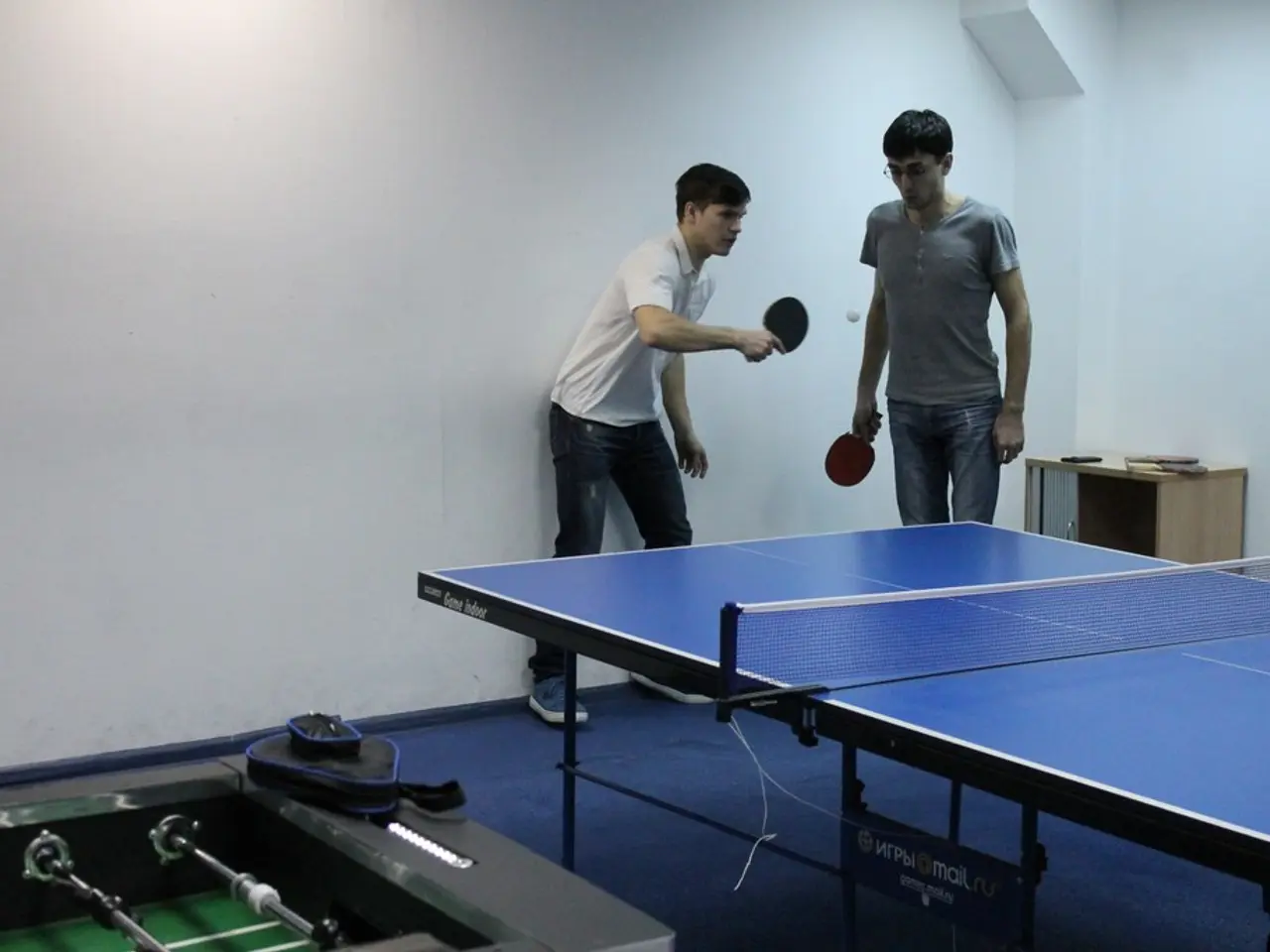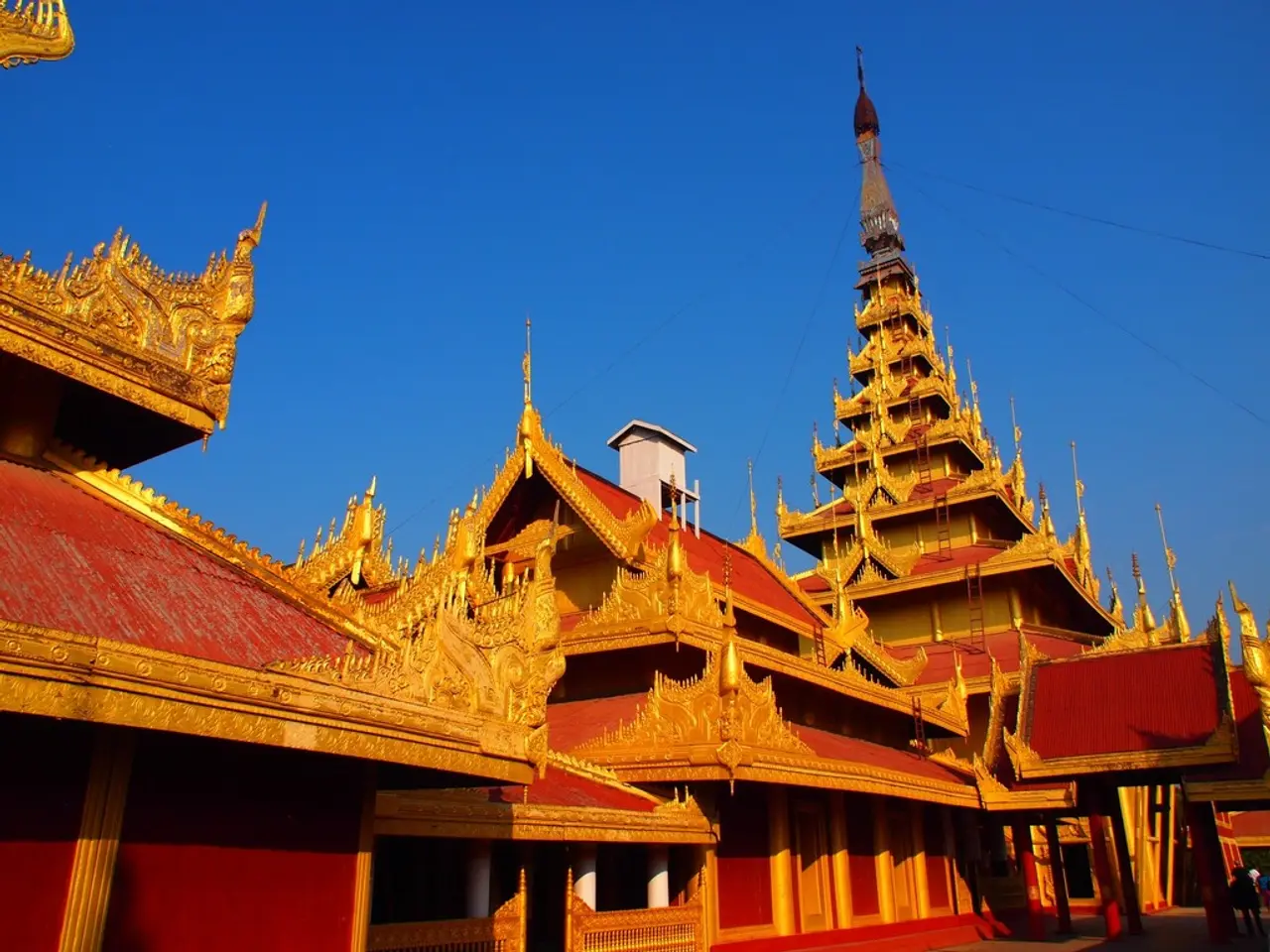Austrian Literary Feud: Meaoiswiamia clashing with Mia san mir
**Current State of Austrian and German Literature: A Comparative Analysis**
Austrian and German literature, though sharing a common linguistic foundation, exhibit distinct characteristics and market representations due to historical and cultural factors.
**Austrian Literature**
The literary landscape of Austria has been significantly influenced by its complex past, with themes of identity, history, and cultural critique being common motifs. Notable figures in Austrian literature include Thomas Bernhard, known for his sharp critiques of Austrian society and culture, and Elfriede Jelinek, whose works often paint bleak pictures of an Alpine country devastated by Catholicism and National Socialism.
Austrian authors maintain a distinct presence within the German-speaking world, with books by Austrian authors frequently included in German literary events and prizes, such as the Österreichischer Buchpreis. However, their presence on the German market is often more incognito.
**German Literature**
Postmodernism has played a significant role in shaping German literature, with works often incorporating elements of parody, pastiche, and multiple narrative styles. Authors like Günter Grass and Patrick Süskind have achieved international recognition for their innovative styles. German literature also frequently grapples with Vergangenheitsbewältigung (coming to terms with the past), reflecting on the Nazi era and its aftermath.
German literature is widely recognized and celebrated in the book market, with numerous prestigious awards like the Deutscher Buchpreis. However, the broader international audience and recognition partly stem from its larger market size and the influence of postmodernism.
**Comparison**
Both Austrian and German literatures often explore historical and cultural identity themes, reflecting their shared linguistic and cultural heritage. German literature may have a broader international audience and recognition, but Austrian literature maintains a distinct presence, particularly in the German-speaking world.
The cultural representation of both literatures is integral to the broader German-speaking market, with Austrian works often being acknowledged through specific Austrian literary prizes and events. However, Austrian literature seems to be striving towards writing prize-worthy, commercially successful novels, as evidenced by the "meaoiswiamia" activities.
Notable Austrian novelists in the foreground include Helena Adler, Marie Gamillschegg, Reinhard Kaiser-Mühlecker, Verena Rossbacher, and Andreas Unterweger. In contrast, German literature boasts a rich array of authors such as Daniel Kehlmann, Fiston Mwanza Mujila, and Ferdinand Schmatz.
In summary, while Austrian and German literature share a common language and historical themes, they have distinct cultural and market representations. Austrian literature is recognised for its unique cultural critiques and historical reflections, while German literature is noted for its postmodern influences and broader international impact.
Austrian authors, such as Helena Adler and Andreas Unterweger, contribute unique cultural critiques and historical reflections in their books, which are often recognized in the German-speaking world through events and prizes like the Österreichischer Buchpreis.
Meanwhile, internationally renowned German authors like Daniel Kehlmann and Fiston Mwanza Mujila weave postmodern elements into their works, often exploring cultural identity and Vergangenheitsbewältigung,, reflecting the larger international audience and recognition that German literature enjoys, partially due to its market size and postmodern influences.
